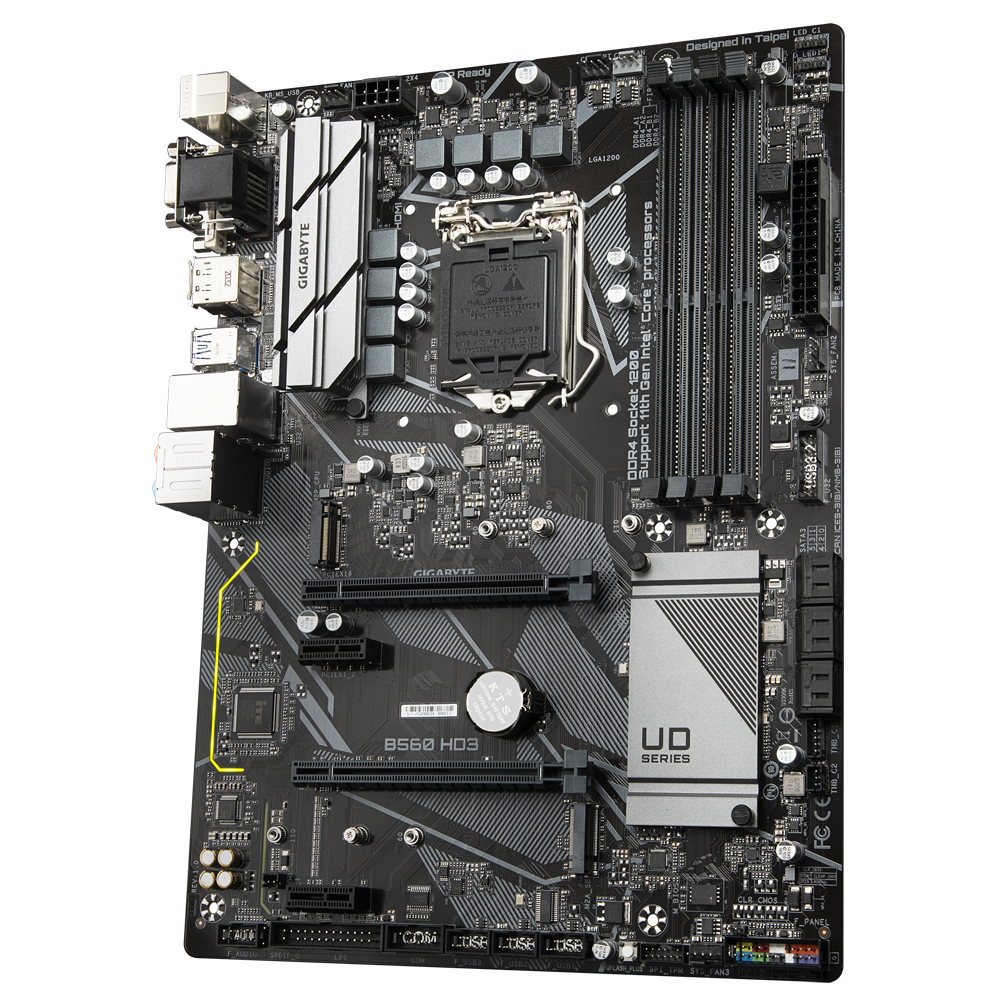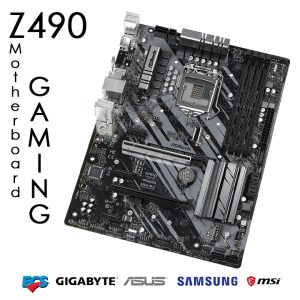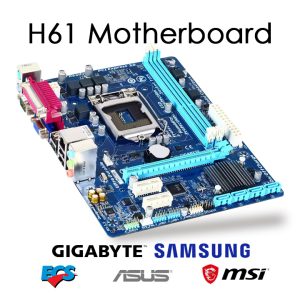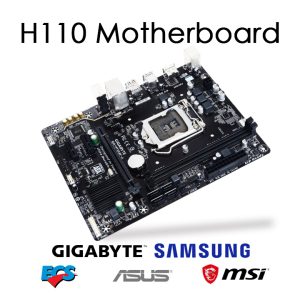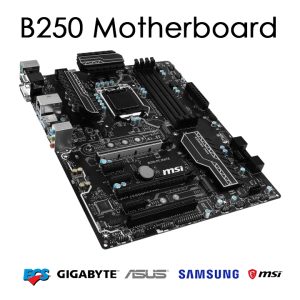- Processor Support : Compatible with both 10th and 11th generation Intel Core processors.
- Memory : Typically features 4 DIMM slots supporting dual-channel DDR4 memory with speeds up to 4600MHz+ (with optimized memory routing and XMP profiles).
- PCIe : Supports PCIe 4.0 for the primary graphics card slot (x16) and PCIe 3.0 for M.2 slots (some models may offer PCIe 4.0 M.2).
- Storage : Offers multiple M.2 slots (some with PCIe 4.0 support) and SATA ports for storage devices.
- Networking : Often includes a 2.5Gbps LAN port for faster network speeds and bandwidth management.
- Audio : Features high-quality audio codecs and may include features like Nahimic Audio for enhanced audio experiences.
- USB : Provides a variety of USB ports, including USB 3.2 Gen 2 (both Type-A and Type-C) for fast data transfer.
- Cooling : B560 motherboards often come with robust cooling solutions like heatsinks for VRMs and M.2 slots, and features like Smart Fan 6 for comprehensive fan control.
- RGB Fusion : Supports addressable RGB lighting and offers software like RGB Fusion 2.0 for customizing lighting effects.
- Other Features : May include features like Q-Flash Plus (for BIOS updates without a CPU), pre-installed IO shields, and solid-pin power connectors.
- Cost-effective: B560 boards offer a good balance of features and performance at a reasonable price point.
- Good for gaming: Features like PCIe 4.0, fast memory support, and robust cooling make them suitable for gaming builds.
- Content creation: The increased memory capacity and bandwidth can benefit content creation tasks like video editing and rendering.
- Overclocking limitations: While B560 boards support memory overclocking, CPU overclocking is typically limited compared to higher-end chipsets.
- Specific model features:
Features like PCIe 4.0 M.2 slots and advanced networking may vary between different B560 motherboard models. - 3 Month warranty
Shopping Cart

